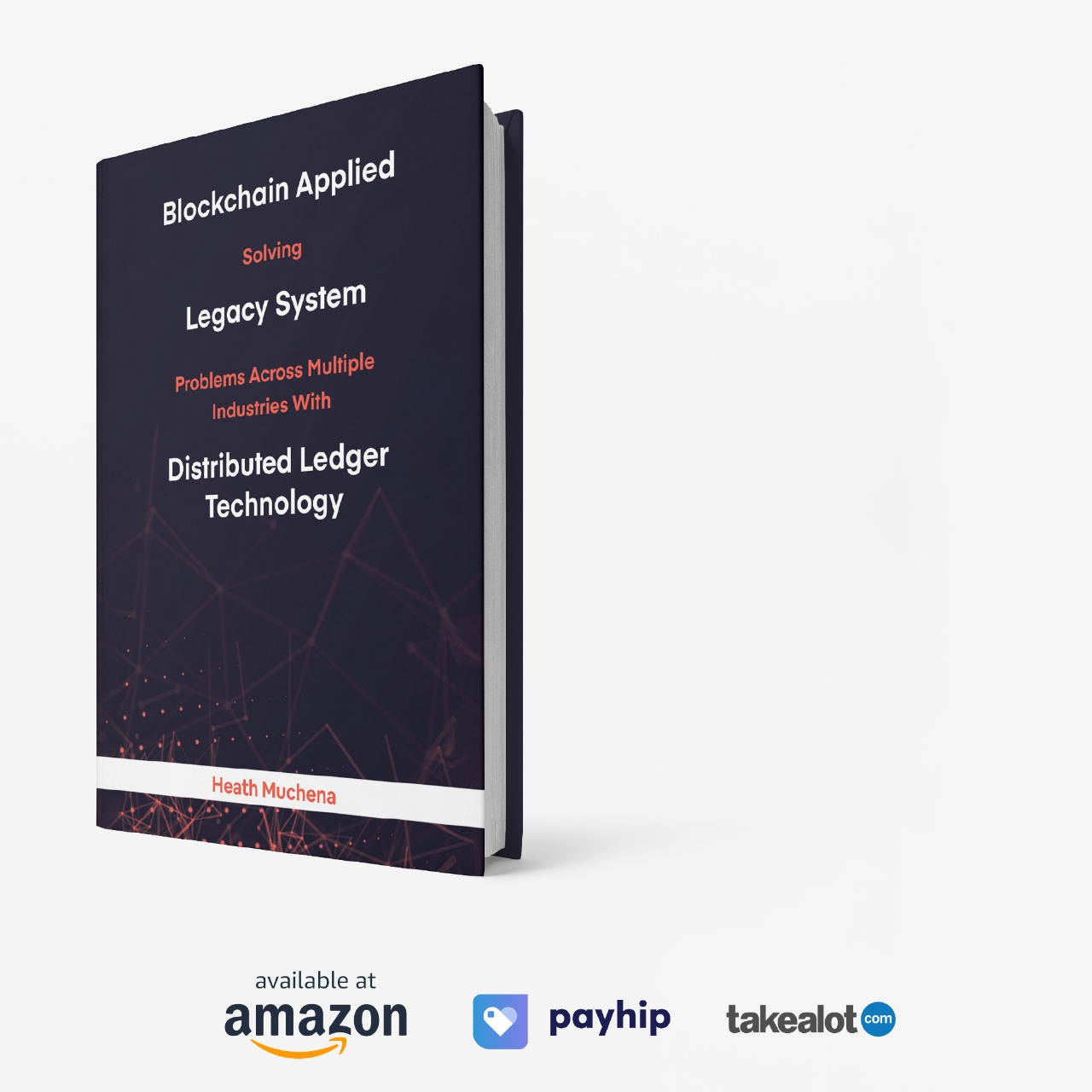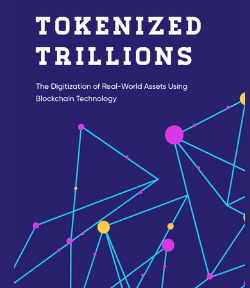
6 Ways to Generate Passive Income with NFTs
Generating Passive Income with NFTs: A Comprehensive Guide.
Understanding Passive Income Through NFTs
NFTs, or Non-Fungible Tokens, that generate passive income are immutable digital assets stored on a blockchain. As they age, their value can grow, potentially increasing the earnings of their owners. These particular NFTs enable their holders to monetize them in various financial frameworks, generating income with minimal intervention.
Just as interest accumulates on bank savings, NFT owners can earn without actively trading their digital assets. Convertible assets like patents, royalty rights, and even ownership papers can be tokenized into NFTs, paving the way for passive revenue streams.
Optimal Strategies to Generate Passive Income via NFTs
The NFT space is rich with methods to garner passive income. Here’s a breakdown of some of the most accessible and profitable avenues:

-
NFT Staking
- Much like cryptocurrency staking, NFT staking allows holders to lock their digital assets within a blockchain or liquidity pool for a specified duration. This aids the network’s transaction processing and security, and in return, the staker earns rewards in cryptocurrency tokens.
- Various platforms cater to NFT staking, predominantly metaverse and play-to-earn games, though some DeFi platforms also offer this option. Rewards are often given in the platform’s native tokens, which can be held, traded, or even reinvested for compounded earnings.
-
NFT Rentals
- This model mimics physical property rentals, where NFTs are leased for a predetermined period in exchange for a fee.
- Platforms such as Nifty Gateway and SuperRare provide mechanisms to facilitate this. After specifying rental terms, smart contracts help in securing rental deals, ensuring seamless and secure transactions.
- The gaming realm, with its shift towards NFT in-game items, is a booming sector for NFT rentals.
-
NFT Lending
- Certain platforms facilitate the lending of NFTs as collateral against loans in cryptocurrency or traditional currency.
- This method allows NFT holders to capitalize on their assets without parting with them, deriving a return while still retaining ownership.
- Defaulting on loan repayments may result in the loss of the collateralized NFTs.
-
NFT Farming
- This method involves depositing NFTs into decentralized finance platforms and receiving rewards, either as fresh NFTs or other tokens.
- This model shares similarities with traditional yield farming, only using NFTs instead of tokens. Platforms such as Axie Infinity have popularized this model, although it carries certain risks, like potential vulnerabilities in dApps‘ smart contract codes.
-
NFT Index Funds
- These funds enable passive investments into diverse NFT portfolios without the need for direct asset management.
- Much like their traditional counterparts, they track specific NFT indices or market segments, offering an opportunity for investors to tap into the broader NFT market’s potential.
-
NFT Royalties
- For creators in the NFT space, royalties can serve as a continuous revenue stream post the initial sale. By integrating royalty clauses into the NFT’s creation contract, creators can get a predefined percentage from subsequent sales.
- Automated payment systems in various NFT marketplaces streamline this process, ensuring creators can effortlessly gain from their work’s secondary sales.
The NFT domain still has plenty of opportunities for passive income. Whether you’re an investor, gamer, or creator, there’s an avenue tailored for your needs. As always, thorough research and due diligence are key to navigating the NFT landscape successfully.






